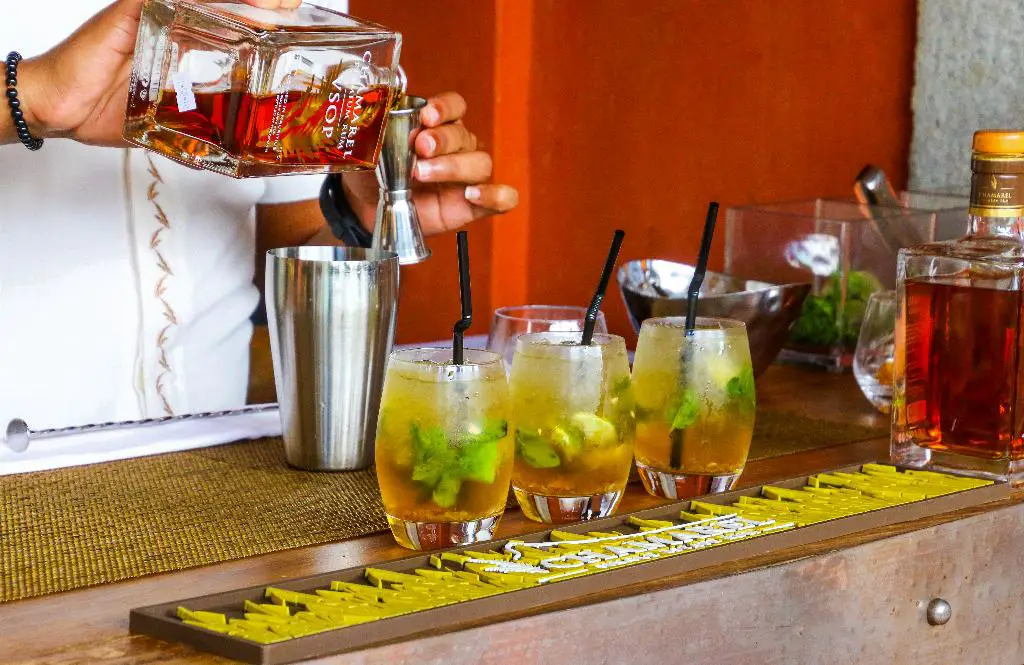When it comes to the word “rum,” you might be surprised to learn that it doesn’t actually have a full form. Unlike many acronyms or abbreviations, rum is a standalone word that doesn’t represent other words or phrases. However, there is a rich history and fascinating story behind this beloved distilled alcoholic beverage. In this article, we will dive into the origins, production process, and cultural significance of rum.
The Origins of Rum
The roots of rum can be traced back to the Caribbean, where it was first produced in the 17th century. It is believed to have originated in the region with the abundant supply of sugarcane, a key ingredient in rum production. The process begins with extracting juice from sugarcane and fermenting it to produce a molasses-based liquid. This liquid is then distilled and, depending on the desired flavor profile, aged in oak barrels.
The Production Process of Rum
Rum production involves several stages, each contributing to the unique characteristics of this popular spirit. First, sugarcane is harvested and processed to extract either molasses or sugarcane juice. Molasses, a byproduct of sugar production, is most commonly used due to its high sugar content.
Next, the extracted molasses or sugarcane juice is fermented using yeast, which converts sugars into alcohol through a process called fermentation. The resulting liquid, called the wash, is then distilled. Distillation involves heating the wash to separate the alcohol from impurities and other unwanted substances.
The distilled liquid is then aged in oak barrels, which adds complexity and depth to the final product. The aging process allows the flavors to develop and mature over time. Depending on the type of rum being produced, the aging period can range from a few months to several years.
The Cultural Significance of Rum
Rum has a rich cultural history, particularly in the Caribbean. It played a significant role in the region’s economy during the era of sugarcane plantations and slave trade. Rum became a commodity that was widely traded, and its production became a thriving industry.
Today, rum holds a special place in many Caribbean cultures. It is often associated with tropical vibes, relaxation, and vibrant celebrations. From iconic cocktails like the Mojito and Piña Colada to traditional rum-infused desserts and rum-tasting tours, the influence of rum extends far beyond its production process.
Exploring the Versatility of Rum
One of the remarkable aspects of rum is its versatility. It comes in various styles, ranging from light and clear to dark and aged. Each style has its own distinct flavors and characteristics. Light rums are often used in cocktails, while darker and aged rums are sipped neat or on the rocks.
Rum is not only enjoyed as a standalone drink but also as a key ingredient in countless cocktail recipes. Its bold and complex flavors add depth to tropical favorites like the Mai Tai, Daiquiri, and Rum Punch.

In Conclusion
While the term “rum” doesn’t have a full form, it carries a rich history and a world of flavors. From its origins in the Caribbean to its cultural significance and versatile usage, rum continues to captivate the palates of people around the globe. Whether you prefer it mixed in cocktails or enjoyed straight, rum will always be a cherished spirit that adds a touch of warmth and excitement to any occasion.
